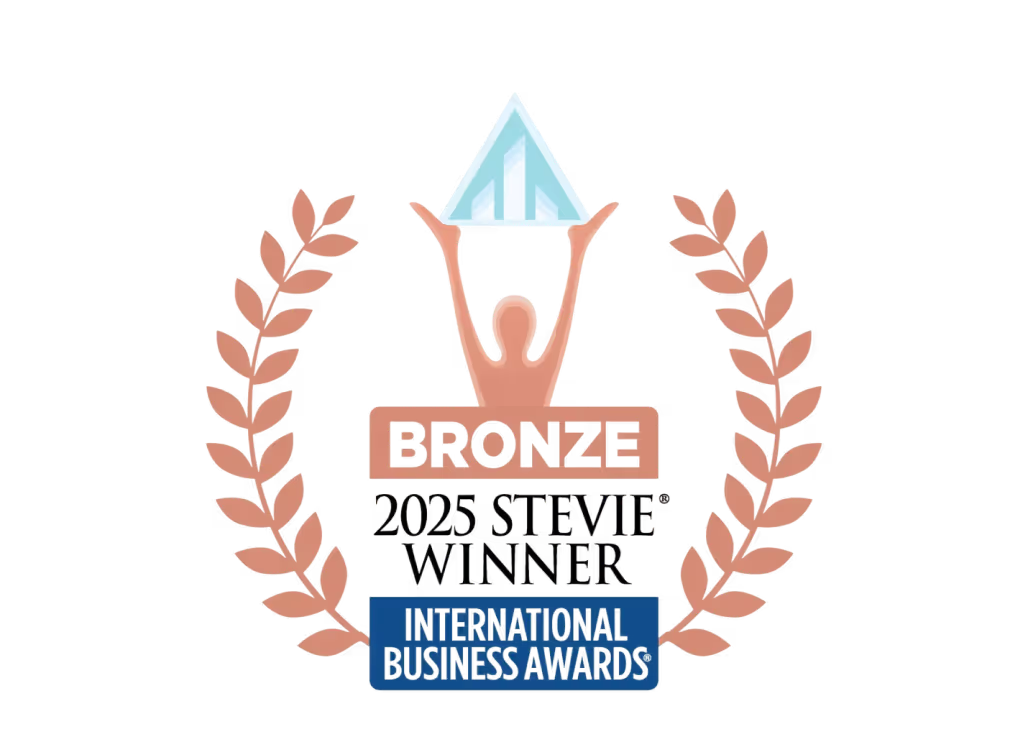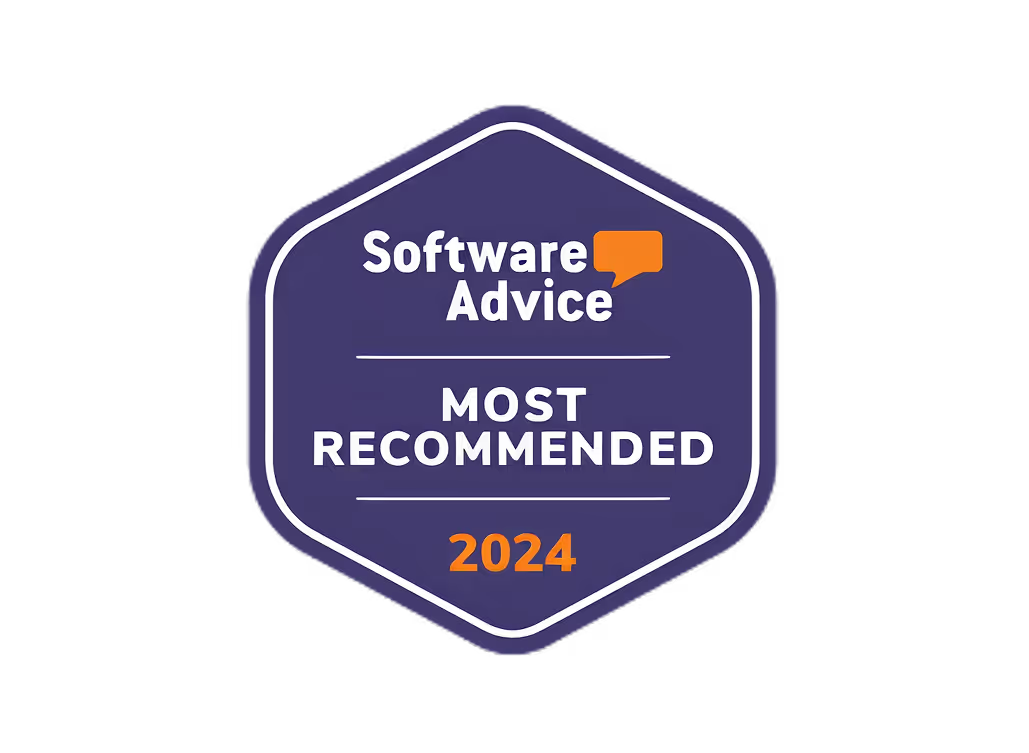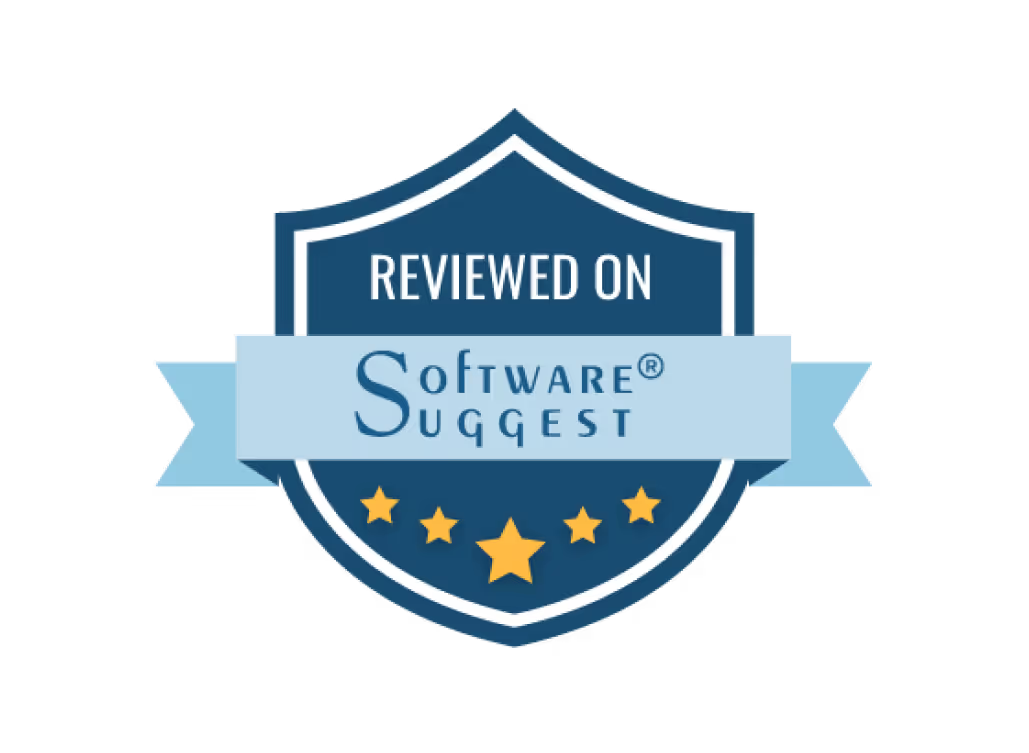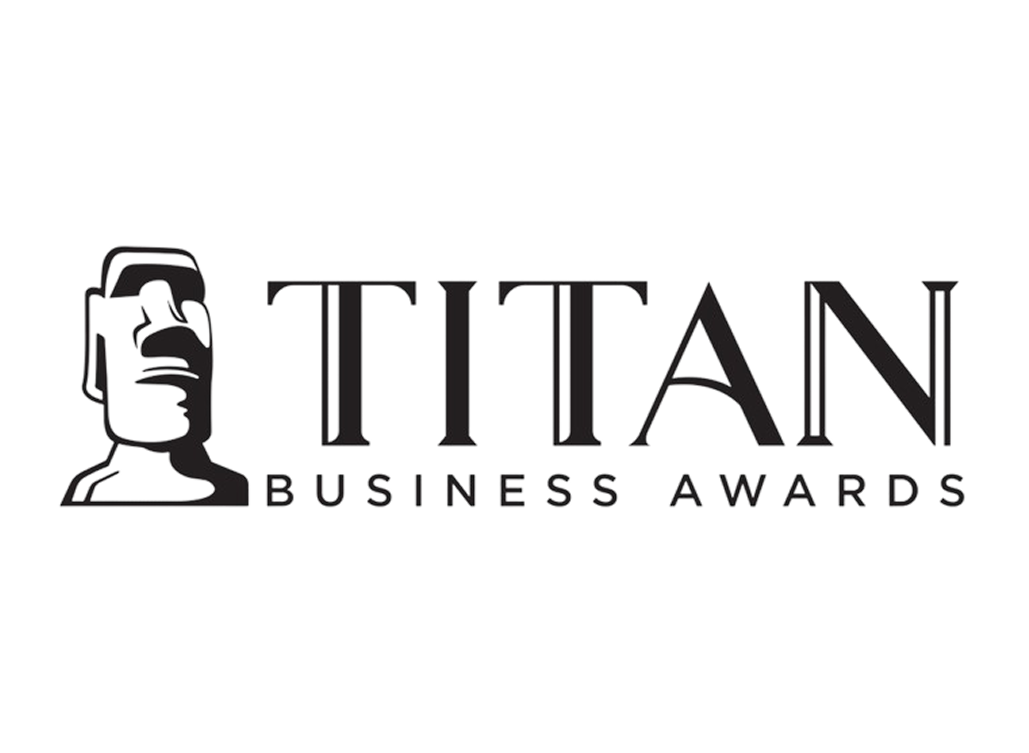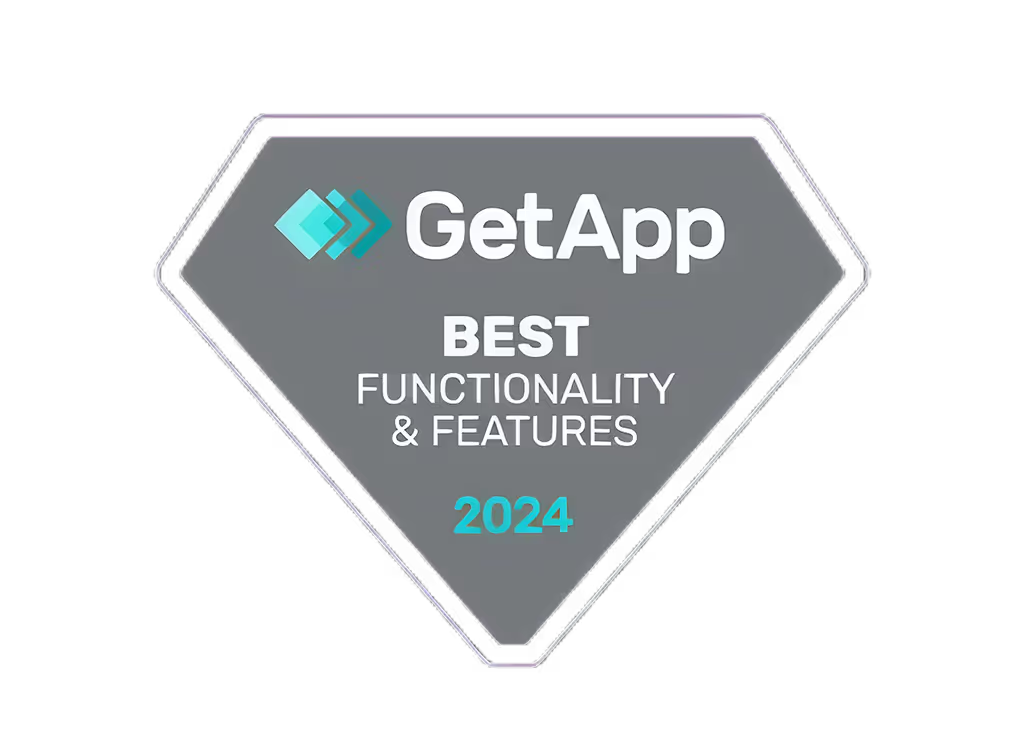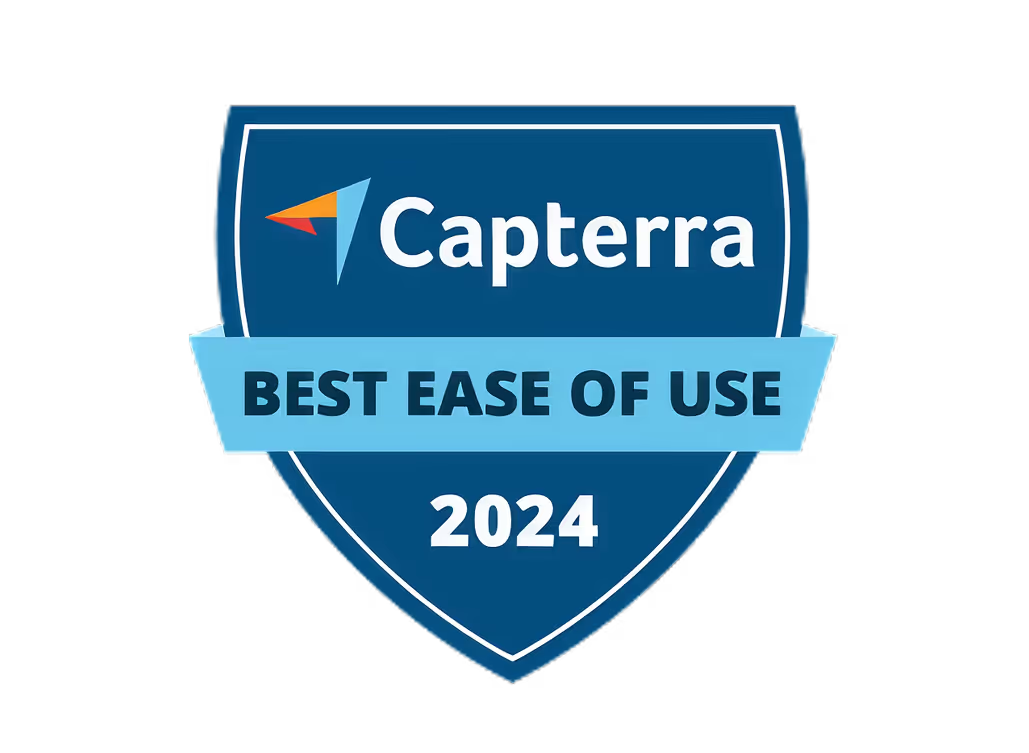LinkedIn Advertising Pricing: A Beginner's Guide
Learn about LinkedIn Advertising Pricing, types of ads, auction pricing model, billable events, audience targeting, budgeting, optimization, and FAQs. Get started with LinkedIn ads today!

Understanding LinkedIn Advertising Pricing is crucial for businesses looking to target professionals and decision-makers. Here's a quick overview to get you started:
- LinkedIn offers Pay-Per-Click (PPC) and Cost-Per-Thousand Impressions (CPM) pricing models.
- Costs vary based on bid amount, audience desirability, and ad relevance.
- Different ad formats include Sponsored Content, Text Ads, Sponsored InMail, and Dynamic Ads.
- The auction system determines ad placement, influenced by your bid, the audience's demand, and ad relevance.
- Billable events differ: you could be charged per click, per thousand impressions, or per send, depending on your campaign's goal.
- Key cost factors include your bidding option, campaign objective, and the ad's relevance score.
- Targeting a specific audience may increase costs but can lead to better results.
- Establish a budget considering LinkedIn's minimum daily spend and allocate more to priority campaigns.
- Testing is recommended to refine your strategy, using 10-20% of your budget for experimentation.
To start, choose your objective, select a billing method, pick ad formats, set your audience, establish your budget and schedule, and create compelling content. Optimizing your campaigns and managing costs effectively involves monitoring performance, adjusting bids, and possibly combining LinkedIn ads with other channels for a broader reach.
FAQs addressed include average costs per conversion, comparisons with other platforms, and the effectiveness of LinkedIn ads, providing a comprehensive beginner's guide to navigating LinkedIn advertising pricing.
Benefits of Advertising on LinkedIn
- Get your message to over 740 million professionals, including big decision-makers across all sorts of industries.
- Find exactly who you want to talk to by job title, where they work, where they live, what they're interested in, and more.
- Pick from a range of ad types like sponsored posts in the feed, simple text ads, or direct messages with Sponsored InMail.
- Easily see how your ads are performing and figure out if you're getting your money's worth.
Types of LinkedIn Ads

Sponsored Content
These are ads that look like regular posts and show up in people's feeds. You can use pictures, videos, or a series of images to catch people's attention. Great for getting people to notice and engage with your brand.
Text Ads
Simple, text-only ads that appear on the side of LinkedIn pages. They're a budget-friendly option for driving traffic to your site or getting people to take action.
Sponsored InMail
This lets you send personalized messages straight to LinkedIn users' inboxes. It's very targeted and works well for generating leads or promoting events.
Dynamic Ads
These ads change to match the person seeing them, using info from their LinkedIn profile. They pop up on the side with messages or actions that are tailored just for them.
Each type of LinkedIn ad can help with different goals, from getting your brand out there to directly turning leads into customers. By using a mix of these ad styles, companies can craft a plan that reaches people at different points in their journey with your business.
LinkedIn's Auction Pricing Model
LinkedIn's way of deciding who gets to show their ads is like an auction. When you want to advertise, you say how much you're willing to pay to have people see your ad. The person who offers the most gets their ad shown to the people they want to reach. But, the cost isn't just about how much you bid. It also depends on these things:
- Bid amount - If you bid more, you have a better chance of winning the auction and showing your ad to your target audience. But, even if you bid a lot, it doesn't mean you'll always win.
- Audience desirability - Some groups of people are more sought after by advertisers. For example, if lots of advertisers want to show ads to finance directors in California, the price to do so goes up. If fewer people want to reach a certain group, it might cost less.
- Ad relevance - LinkedIn checks how likely it is that people will click on your ad. If your ad fits well with your audience and what you're selling, you might win the auction even with a lower bid.
So, how much you end up paying to advertise on LinkedIn depends on how much you're willing to spend, who you want to reach, and how good your ad is at grabbing attention.
Billable Events & Objective-Based Pricing
What you pay for LinkedIn ads also depends on what you want your ad to do and how you're charged for it:
- Clicks - If your goal is to get people to visit your website or fill out a form, you pay each time someone clicks on your ad.
- Impressions - If you want more people to know about your brand, you pay for every 1,000 times your ad is shown, no matter if it's clicked or not.
- Sends - For ads sent directly to LinkedIn members' inboxes, you pay for each message that's sent.
For example, if you're trying to get more leads, you'll pay every time someone clicks to your site or a form. But if you're just trying to get your brand out there, you'll pay based on how many times your ad is seen. This way, you only spend money on things that help you reach your advertising goals.## What Impacts LinkedIn Advertising Costs
When you're thinking about how much you'll spend on LinkedIn ads, there are a few big things that affect the price:
Table Comparing Cost Factors
FactorDescriptionImpact on CostBidding OptionHow you decide to pay:
- Pay Per Click (PPC)
- Cost Per Thousand Impressions (CPM)
- Cost Per Send (CPS)Choosing to pay more can mean spending more to get your ad seen.Campaign ObjectiveWhat you want your ad to do, like:
- Getting people to visit your website
- Getting leads
- Spreading the word about your brandDifferent goals mean you might pay more depending on what action you want people to take.Ad Relevance ScoreHow good LinkedIn thinks your ad is, based on how people interact with it.Better ads cost less because they're more likely to get clicked on.
This table shows that how much you spend depends on how you choose to pay, what you want your ad to do, and how good your ad is.
Audience Targeting Considerations
If you're trying to reach a very specific group of people, like 'CTOs in the software industry', it might cost more because there's more competition for that audience. The more specific you get with who you want to see your ad, the more you might have to pay. But, if your ad is really relevant to this group, it could lead to better results.
In short, things like how much you're willing to pay, your ad's goal, how well your ad fits what people want to see, and who you're trying to reach all play a part in how much you'll spend on LinkedIn ads. Knowing these things can help you plan better and spend your money more wisely.
Setting Your LinkedIn Advertising Budget
When figuring out how much to spend on your LinkedIn ads, here are some tips to keep in mind:
Minimum Daily Budget
LinkedIn suggests starting with at least $10 each day for every ad campaign. This amount helps your ads get enough attention to start showing results.
If you're just beginning, try spending between $10 and $25 daily to see how things go. After tweaking your ads to perform better, you can slowly increase your budget to $50 or more daily, depending on the results.
Budget More for Priority Campaigns
Put more money into the campaigns that matter most to your business. For instance, if you're focusing on getting new leads, you might want to spend more on these ads than on ones just meant to get your name out there.
Think about how much you need to spend to reach your goals. This can change based on how big your audience is, how competitive the ad space is, and what types of ads you're using. Keep an eye on your ad performance and adjust your spending as needed.
Set Aside Budget for Testing
Plan to use 10-20% of your budget to try out new things with your ads. This could mean testing different messages, pictures, or who sees your ads. Testing helps you find what works best without messing up your current ads that are doing well.
Cost Comparison By Objective
Campaign ObjectiveAverage Cost Per Lead/ConversionAverage Cost Per 1,000 ImpressionsBrand awarenessN/A$2-$5Lead generation$50-$250+$5-$10Traffic generation$10-$50$2-$5
Ads that aim to get leads or sales usually cost more because you want people to take action, like clicking on your ad. But if you're just trying to get more people to know about your brand, you can spend less on ads that are seen by many people (CPM).
Start with a budget that matches what you're trying to do and how much you're willing to pay for someone to see or click on your ad. Watch how much you're spending closely and tweak your bids to keep within your budget.
Creating Your First LinkedIn Campaign
Campaign Setup Checklist
Here's a simple guide to get your first LinkedIn ad campaign up and running:
- Choose campaign objective - First, decide what you want to achieve. This could be getting more people to know your brand, driving traffic to your website, or getting leads. This choice will help you make decisions later on.
- Select billing method - You need to decide how you want to pay. You can pay each time someone clicks on your ad, each time your ad is shown to a thousand people, or let LinkedIn decide the best way for you to pay. This will affect how much you spend.
- Pick ad formats - Decide on the type of ad you want to use. This could be a post in the feed, a simple text ad, or a more personalized ad like a message. Your choice should match what you're trying to achieve and what you have to work with.
- Set audience targeting - Use LinkedIn to pick who you want to see your ad. You can choose people based on their job, where they work, what they're interested in, and more. The more specific you are, the more it might cost.
- Establish budget and schedule - Decide how much you want to spend each day and how long you want your campaign to run. Starting with a small budget, like $10-25 a day, is a good idea until you see how your ads perform.
- Create compelling creative - Make sure your ad looks good and says something that will grab people's attention. Ads that are more interesting and relevant to your audience tend to do better.
- Write effective call-to-action (CTA) - Add a clear instruction telling people what you want them to do, like 'Sign Up' or 'Learn More'.
- Track and optimize - Keep an eye on how your ad is doing using LinkedIn's tools. See what's working and what's not, and make changes to improve. Try out new ideas and keep adjusting to get better results over time.
Following these steps will help you get started with LinkedIn advertising. Keep checking how your ads are doing and spend your money wisely to get the best results.
sbb-itb-606b7a1
Optimizing Campaigns & Managing Costs
LinkedIn gives you tools to see how your ads are doing. This helps you make your ads better and keep an eye on your spending.
Monitoring Performance
You can use LinkedIn to look at important numbers like:
- How many people saw your ad
- How many clicked on it
- How often people interact with your ad
- How much you're spending for each click
- How many people did what you wanted them to do after clicking
See which groups of people like your ads the most and focus more on them. Keep changing your ads based on what works:
- Try different ad texts, pictures, and calls to action to see what gets the best response
- Change how much you're willing to pay for ads that are doing well or not so well
- Look for other people who might like your ad based on LinkedIn's suggestions
- Show your ads when more people are likely to see them
- Make sure you don't spend more than you planned each day
Combining LinkedIn Ads & Other Channels
Using LinkedIn ads with other types of ads, like those on Facebook or Google, can help you reach more people without spending a lot more.
Here's why this can be a good idea:
- You can catch the attention of important business people on LinkedIn and also reach lots of other people on different platforms
- People on LinkedIn usually respond better to ads
- You can remind people who visited your website to check it out again, no matter where they are online
- Use tools like LinkedIn Insight Tag and Google Analytics to see how all your ads are doing together
Start with LinkedIn, then try adding more platforms to your ad plan. Compare how each one does to figure out the best way to split your budget. Just a little more money can make a big difference in how well your overall ad campaign does because you're reaching more people in different ways.
FAQs: LinkedIn Advertising Pricing
What is the average cost per conversion on LinkedIn ads?
On average, you might spend between $50-$250 or more to get someone to take an action (like filling out a form) through your LinkedIn ad. This cost changes based on who you're trying to reach, what industry you're in, how well your ad matches what people want, and how much you're willing to pay in the ad auction.
Here are some typical costs for LinkedIn ads:
- Average cost for each click: $2-$3
- Average cost for every 1000 times your ad is shown: $5-$10
- Average cost to get someone to take action: $50-$250+
If you're aiming for actions like getting someone to fill out a form or download something, you might pay more than $100 per action. Usually, about 2-5% of the people who see your ad will take the action you want.
To figure out how much you might spend for each action, here's a simple way to look at it:
Cost per Conversion = Cost per Click ÷ Conversion Rate
So, if you're paying $3 for each click and 3% of those clicks result in the action you want, the cost per action would be about $100.
The exact amount you'll spend depends on your goals, how much you bid, and how your ad does over time. But generally, you can expect to spend between $50-$250 to get a lead from LinkedIn ads.
Is LinkedIn advertising more expensive than other platforms?
Yes, advertising on LinkedIn usually costs more per click or action than on other platforms like Facebook, Instagram, or Google Ads:
- LinkedIn's average click cost: $2-$3
- Facebook/Instagram's average click cost: $0.97
- Google Ads' average click cost: $1-$2
The cost to get someone to take an action is also higher on LinkedIn compared to these platforms:
- LinkedIn: $50-$250+
- Facebook/Instagram: $25-$50
- Google Ads: $25-$100
LinkedIn ads cost more because the people you're trying to reach there are often high-level professionals and decision-makers. Marketers are willing to pay more to reach this audience.
Even though LinkedIn ads might cost more, they often bring in better quality leads. These leads are more likely to become customers, which can make the higher cost worth it.
Conclusion & Next Steps
LinkedIn ads are a great way for businesses to reach professionals and important company roles. Even though it might cost more than other social media ads, the chance to target your perfect audience can make it worth the money.
Here's what to remember:
- The price you pay for LinkedIn ads depends on things like how much you bid, how popular your target audience is, and how well your ad connects with people. Usually, targeting a specific group and having ads that perform well will cost you more.
- Think carefully about what you want from your ads and what you're paying for, such as clicks, views, or messages.
- Start with a small budget and test different things. Keep an eye on how your ads are doing and spend more on the ones that work well.
- Using LinkedIn ads along with other social media ads can help you reach more people without spending a lot more money. Check both to see where your money goes further.
If you're new, start by getting to know the platform and trying out different things. Try different types of people to show your ads to, how much you're willing to pay, the kinds of ads you use, and what your ads say. Watch closely to see what works best.
Over time, you'll get better at using LinkedIn to bring more people to your business, make your brand more known, and get more quality leads.
Related Questions
How much should I charge for LinkedIn ads?
The cost to advertise on LinkedIn changes based on your ad, who you want to reach, and how well your ad does. Usually, you might pay:
- ₹20-₹60 for each click on Sponsored Content
- More for Sponsored InMail because it can bring in valuable leads
Starting with a daily budget of ₹500-₹1000 is a good idea. This helps you gather enough information to adjust your ads to fit your budget and hit your goals.
What is a good starting budget for LinkedIn ads?
If you're beginning with LinkedIn ads, planning to spend at least $5,000 a month is wise. This amount allows you to collect enough data to tweak your ads for better results.
With a smaller budget, you won't get enough information to make changes that could improve your ads.
How much do you pay to advertise on LinkedIn?
The price for LinkedIn ads is decided through bidding. You say how much you're willing to pay to show your ad to your chosen audience. You're bidding against others who want to reach the same people.
Your final cost depends on things like:
- How much you bid
- How many others want to reach your target audience
- How closely your ad matches what your audience likes
LinkedIn uses an auction to pick which ads get shown. A higher bid helps, but your ad also needs to be relevant.
Are LinkedIn paid ads worth it?
Yes, advertising on LinkedIn can be very effective because it has a large number of professional users. Some benefits are:
- You can target your ads very precisely
- It's good for finding leads and making more people aware of your brand
- It tends to lead to higher conversion rates compared to other social platforms
However, it's more expensive than advertising on platforms like Facebook. It's important to keep testing and adjusting your ads to make sure they're giving you a good return on your investment. Always check how well your ads are doing against what you want to achieve with them.









